Pradhan Mantri Awas Yojana-Gramin (PMAY-G)
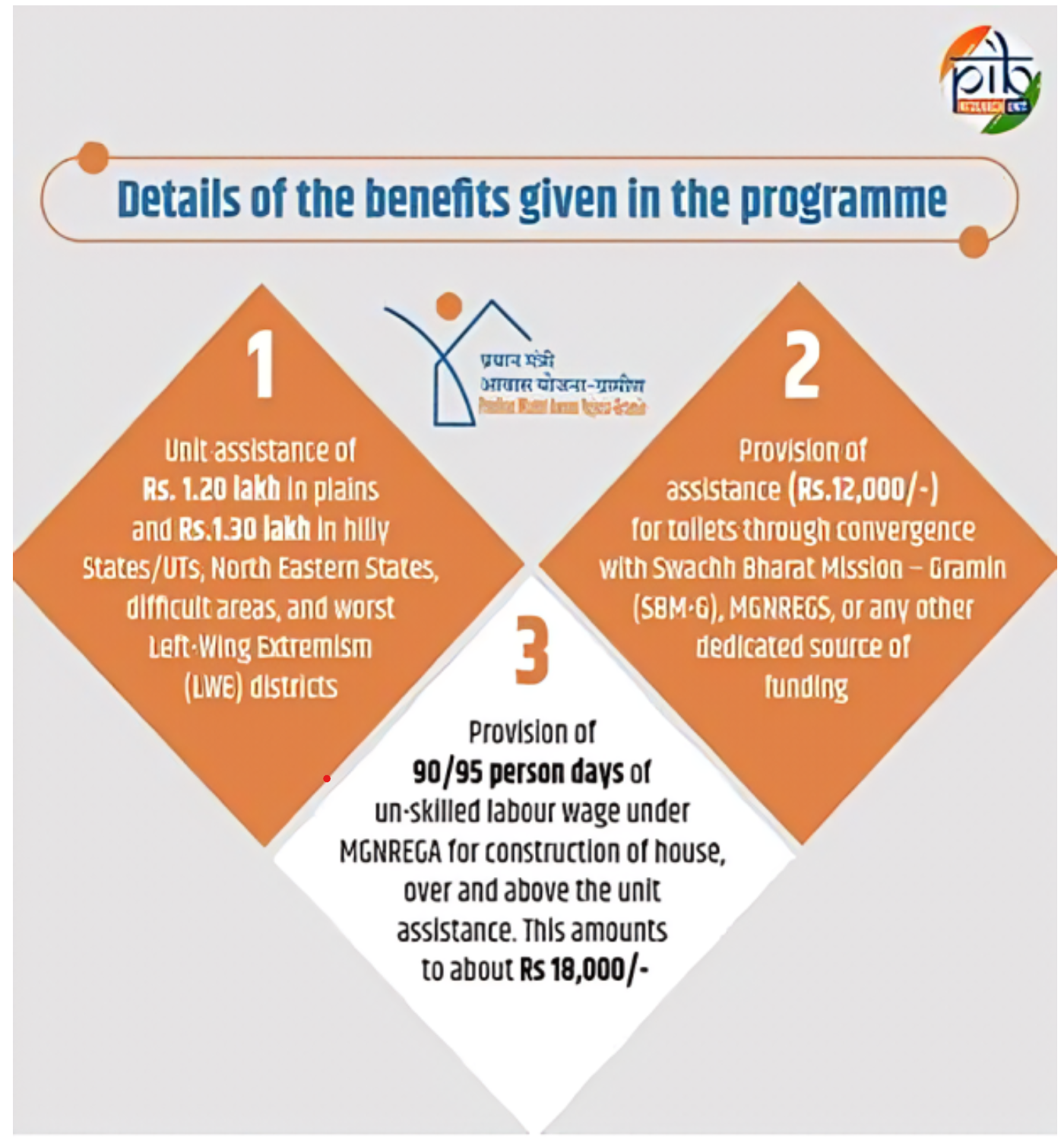
- 09 Oct 2024
Recent Initiatives:
- The Indian government has launched a nationwide survey of kutcha houses.
- Introduction of the Awas Sakhi mobile app to streamline housing assistance.
Purpose of the Kutcha House Survey
- Identify Housing Needs: The survey aims to collect data on families living in kutcha (temporary) houses, enabling targeted support for those in need.
- Support for Awas Sakhi App: The survey will enhance the functionality of the Awas Sakhi app, facilitating the application process and providing beneficiaries with vital housing information.
Overview of PMAY-G
- Launch: Initiated in 2016, PMAY-G aims to provide secure housing for the poorest communities.
- Beneficiary Selection Process: A comprehensive three-stage validation, including the Socio-Economic Caste Census 2011, Gram Sabha approvals, and geo-tagging, ensures that aid reaches those most deserving.
Benefits for PMAY-G Beneficiaries
- Financial Assistance:
- ?1.20 lakh for families in plain areas.
- ?1.30 lakh for families in hilly regions, including northeastern states and union territories.
- Support for Sanitation:
- An additional ?12,000 for toilet construction, aligned with the Swachh Bharat Mission – Gramin or MGNREGS.
- Employment Opportunities:
- Provision of 90/95 days of unskilled wage employment through MGNREGA for house construction.
- Access to Basic Amenities:
- Connections for water, LPG, and electricity facilitated through relevant schemes.
- Cost Sharing Structure:
- Expenses are shared in a 60:40 ratio for plain areas and a 90:10 ratio for northeastern states and selected Himalayan states. The Centre covers 100% of costs for other Union Territories.
Progress Under PMAY-G
- Targets: The government aims to construct 2.95 crore houses.
- Current Status: As of August 2024, 2.94 crore houses have been sanctioned, with 2.64 crore completed, enhancing living conditions for millions in rural areas.
Recent Developments
- In August 2024, the Union Cabinet approved funding for two crore additional houses at existing assistance rates.
- Eligibility Criteria Changes:
- Individuals owning bikes or scooters are now eligible.
- The income limit for eligibility has been raised from ?10,000 to ?15,000 per month.
Future Goals
- This initiative, spanning FY 2024-2029, aims to address ongoing housing demands, benefiting approximately 10 crore individuals by providing safe, hygienic, and socially inclusive housing.
2024 Nobel Prize in Chemistry
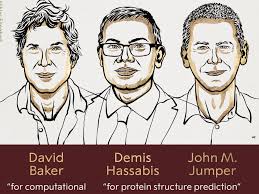
- 09 Oct 2024
In News:
U.S. Scientists David Baker and John Jumper and Britain’s Demis Hassabis won the 2024 Nobel Prize in Chemistry, for their work on understanding the protein structures.
Prize Distribution
- David Baker: Awarded half of the Prize for pioneering work in computational protein design.
- Demis Hassabis and John Jumper: Jointly awarded the other half for their revolutionary contributions to protein structure prediction using artificial intelligence.
Significance of Achievements
- The advancements in protein science represent a major milestone for healthcare and biotechnology.
- These innovations have unlocked new possibilities for designing proteins, potentially leading to breakthroughs in medicine, agriculture, and more.
David Baker's Innovations
- Baker has achieved the significant feat of creating entirely new types of proteins, enhancing our understanding of protein functionality.
- In 2003, he designed a novel protein using amino acids and custom software methods, which opened avenues for rapid protein creation.
- Applications include pharmaceuticals, vaccines, nanomaterials, and tiny sensors.
AI Contributions by Hassabis and Jumper
- Demis Hassabis and John Jumper employed advanced artificial intelligence to address the challenge of predicting complex protein structures.
- In 2020, they introduced the AI model AlphaFold2, which can predict the structure of nearly all identified proteins (approximately 200 million).
Notable Facts about the Nobel Prize in Chemistry
- The Nobel Prize in Chemistry has been awarded 116 times to 197 laureates from 1901 to 2024.
- Frederick Sanger and Barry Sharpless are the only recipients to have won the Prize twice.
- The inaugural Prize was awarded in 1901 to Jacobus H. van ‘t Hoff for his work on chemical dynamics and osmotic pressure.
- Marie Curie became the first woman to win the Prize in 1911 for her discovery of radium and polonium.
- Venkatraman Ramakrishnan, a citizen of Indian origin, received the Prize in 2009 for his research on ribosomes.
2024 Nobel Prize in Physics
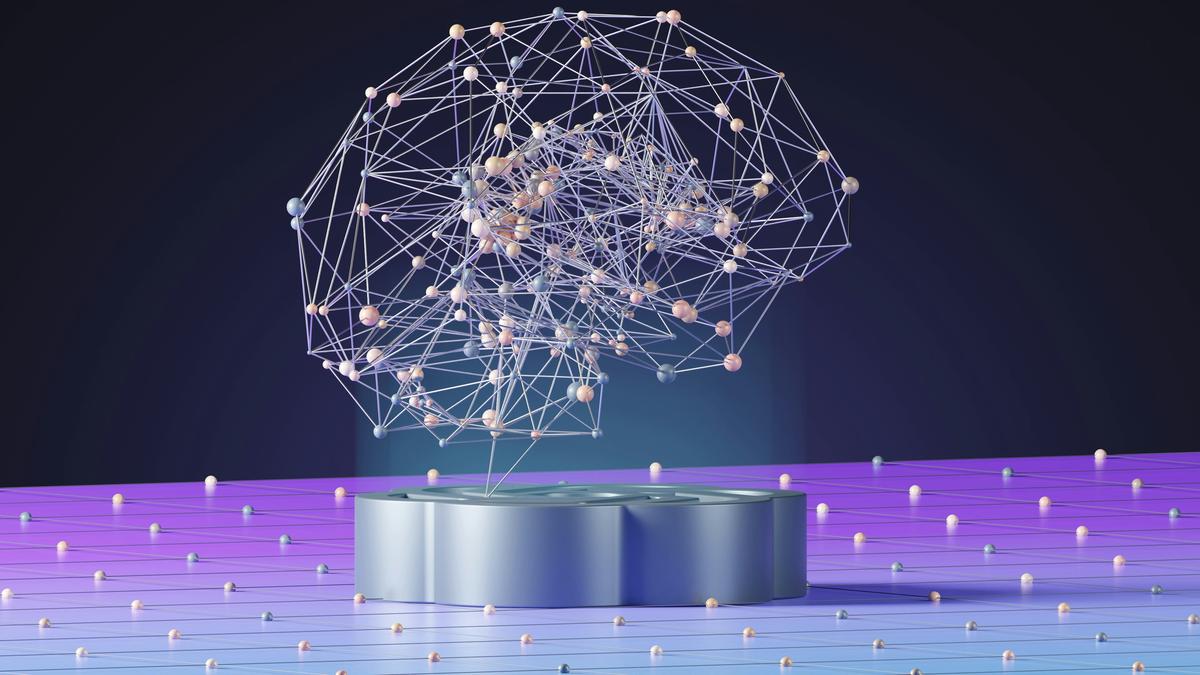
- 09 Oct 2024
In News:
John Hopfield and Geoffrey Hinton won the 2024 Nobel Prize for physics “for foundational discoveries and inventions that enable machine learning with artificial neural networks”. Their work lies at the roots of a large tree of work, the newest branches of which we see today as artificially intelligent (AI) apps like ChatGPT.
Significance of ANNs
- Definition: ANNs are collections of interconnected nodes that mimic the networks of neurons in animal brains, enabling machines to process data, recognize patterns, and learn.
- Applications: Integral to AI applications such as facial recognition, language translation, and numerous fields including physics, chemistry, and medicine.
Historical Context
- Hopfield Network:
- Developed by John Hopfield in 1983.
- Based on Donald Hebb's neuropsychological theory of learning, emphasizing how connections between neurons strengthen through repeated interactions.
- Capable of storing and reconstructing images by adjusting node connections to achieve a low-energy state, effectively denoising input.
- Boltzmann Machine:
- Geoffrey Hinton's work on deep-learning machines, building on Ludwig Boltzmann's statistical mechanics.
- Introduced the concept of generative AI through networks that differentiate between probable outcomes.
- Developed Restricted Boltzmann Machines (RBMs) in the 2000s, enhancing learning efficiency through layered networks.
Evolution and Current State of ANNs
- Technological Progress: ANNs have evolved significantly, transitioning from individual computers to distributed networks like the cloud.
- Current Variants: Innovations include transformers, backpropagation, and long short-term memory techniques, making ANNs more capable and widely accessible.
Concerns and Risks
- Ethical Considerations: Rapid advancements in AI raise concerns about safety, misinformation, and job displacement.
- Expert Opinions: Both Hopfield and Hinton have expressed worries about the implications of AI systems surpassing human intelligence and the potential for misuse.
Trachoma
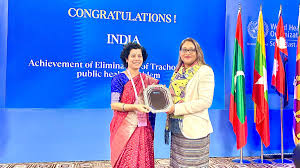
- 09 Oct 2024
In News:
The World Health Organization (WHO) has now recognised that India has successfully eliminated trachoma, a bacterial infection that affects the eyes, as a public health problem.
WHO Declaration:
- India has eliminated Trachoma as a public health problem (2024).
- Third country in the South-East Asia Region to achieve this milestone.
Trachoma Overview:
- Bacterial infection caused by Chlamydia Trachomatis.
- Contagious; spreads through contact with infected secretions.
- Can lead to irreversible blindness if untreated.
- Considered a neglected tropical disease.
Global Impact:
- WHO estimates 150 million affected worldwide; 6 million at risk of blindness.
- Most prevalent in underprivileged communities with poor living conditions.
Historical Context in India:
- Leading cause of blindness in the 1950s-60s.
- National Trachoma Control Program launched in 1963.
- Control efforts integrated into the National Program for Control of Blindness (NPCB).
Statistics:
- Blindness due to Trachoma was 5% in 1971; now reduced to less than 1%.
- Implementation of the WHO SAFE strategy (Surgery, Antibiotics, Facial hygiene, Environmental cleanliness).
Milestones:
- India declared free from infective Trachoma in 2017.
- Continued surveillance for cases from 2019 to 2024.
National Trachomatous Trichiasis (TT) Survey:
- Conducted in 200 endemic districts (2021-2024) under NPCBVI.
- Mandated by WHO to confirm elimination status.
MACE Observatory
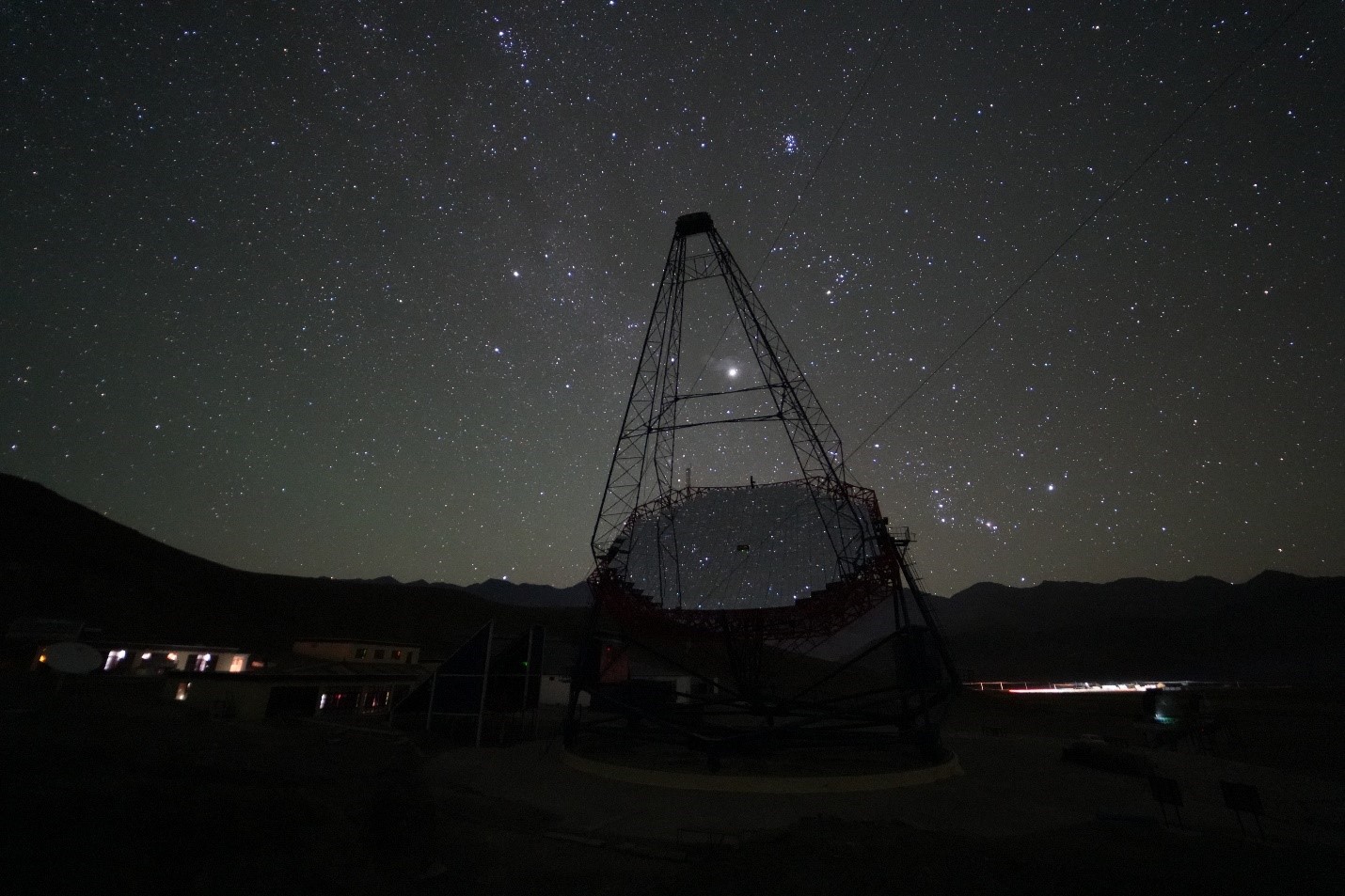
- 09 Oct 2024
In News:
The MACE Observatory was recently inaugurated by the Secretary of the Department of Atomic Energy (DAE) and Chairman of the Atomic Energy Commission in Hanle, Ladakh.
About MACE Observatory
- Name: Major Atmospheric Cherenkov Experiment (MACE) Observatory.
- Significance:
- Largest imaging Cherenkov telescope in Asia.
- Highest imaging Cherenkov observatory in the world.
- Location: Situated at approximately 4,300 meters altitude in Hanle, Ladakh.
- Indigenous Development:
- Built by the Bhabha Atomic Research Centre (BARC).
- Supported by the Electronics Corporation of India (ECIL), Hyderabad, and other Indian industry partners.
Scientific Contributions
- Research Focus:
- Enhances understanding in astrophysics, fundamental physics, and particle acceleration mechanisms.
- Observes high-energy gamma rays to investigate cosmic phenomena like supernovae, black holes, and gamma-ray bursts.
- Global Impact:
- Aims to foster international collaborations in space research.
- Strengthens India’s position in the global scientific community.
Socio-Economic Role
- Local Impact: Contributes to the socio-economic development of Ladakh, promoting scientific awareness and opportunities.
Understanding Cherenkov Radiation
- Definition: A blue glow emitted when charged particles (e.g., electrons and protons) travel faster than light in a specific medium.
- Historical Note: Named after Pavel Cherenkov, who, along with Ilya Frank and Igor Tamm, received the Nobel Prize in Physics in 1958 for his work in demonstrating and explaining this phenomenon.
